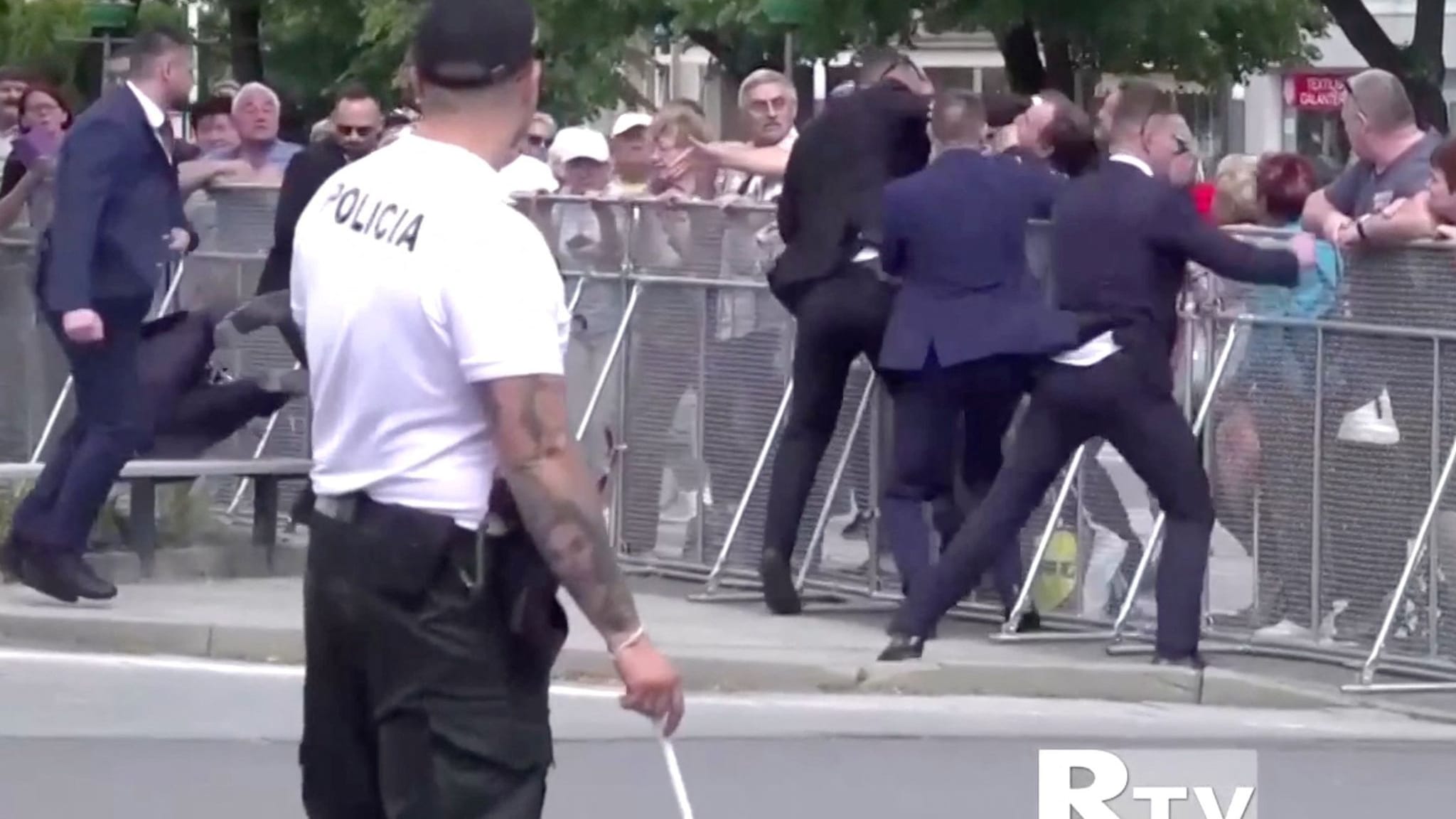NEW YORK — Within one week of his major-league debut, Miguel Amaya’s preparation earned unprompted praise from the Chicago Cubs pitching staff.
The catcher’s unexpected call-up last year after Yan Gomes’ concussion helped expedite a big-league opportunity that the 25-year-old Amaya has not relinquished.
Pitcher-catcher relationships inherently require some organic growth. The vital dynamic can take time to cultivate while sometimes dealing with an intimidating situation of taking control and ownership of a pitching staff. The work Amaya puts in behind the scenes to prepare and understand what each Cubs pitcher needs from him has been an ongoing evolution that continues to prompt praise.
Right-hander Jameson Taillon appreciates how Amaya handled his crash course over the final four months last season. Their good relationship came together naturally as Amaya learned how Taillon runs his pre-start meeting, where he likes the catcher’s mitt set up for righties versus lefties and how he presents a target with different pitch types in his repertoire.
Remembering all of those preferences for each pitcher — in addition to anyone else who might get brought up during the season — while calling a game is not easy.
“Unless you’re out there, it’s hard to understand,” Taillon told the Tribune. “That pitcher-catcher relationship is like being in a foxhole with someone — we’re out there together, my success depends on you, yours depends on me.
“We’ve been in loud environments. We’ve been in hostile environments and there’s just this bond that’s kind of unspoken. We’ve been there for each other in big moments, which I think is really special.”
Patience is required when young catchers make the transition to the majors. Eight seasons into his big-league career, Taillon feels more responsibility for getting them through starts. He has been having more conversations in the dugout about why a certain pitch was called or going over the next hitters to keep less experienced catchers more engaged.
Taillon believes he’s past that stage with Amaya, but, as Taillon put it frankly, if he knew Amaya was catching him last season, he was more hands on, sitting Amaya down the night before to go over scouting reports and get input on what he was seeing.
“Now this year, it’s different, but I would stress about it, just being completely honest,” Taillon said. “It’s just your career is in your hands. To be completely honest, he never seemed overwhelmed. He always seemed super comfortable. If he was ever panicked or stressed, we never felt it. That’s an important trait, especially for a young guy.
“No matter what, whether you’re 21 or 40, as a pitcher I’m going to look to you for guidance, for some leadership, and for him to really have that attitude is important.”
A month into the season, manager Craig Counsell said Amaya is getting roughly 60% of the starts at catcher with 40% for the veteran Gomes — a slight shift since the beginning of the year.
“He’s got good instincts, he understands his job and understands the priorities of what his job is as a catcher and as a service to the pitcher and the staff,” Counsell said of Amaya. “You don’t have to coach him on that. There’s some intuition there that you can’t really teach. The guy knows it or he doesn’t, and I think Miguel is a player who has that.”
The Cubs’ Miguel Amaya bats during the seventh inning against the Red Sox on April 26, 2024, in Boston. (AP Photo/Michael Dwyer)
The shift in playing time hasn’t changed Amaya’s daily approach. Pitching coach Tommy Hottovy praised him for how he stays focused on what makes him successful.
“He’s just a confident kid,” Hottovy told the Tribune. “You see that with pitchers when they get more opportunities and they start getting a feel for what their strengths are, and I think Miggy’s doing the same thing as a catcher. He’s learned what he does physically really well, but also mentally how to prepare, what type of information he needs.
“Not only do we see it, the pitcher sees it and you start to feel those guys be like, ‘OK, he knows what he’s doing.’ … It’s fun to see him come into his own and gain that confidence and the respect from the players.”
Amaya’s defensive work has him among the best in the majors behind the plate. His 49.4% strike rate ranks 12th out of 59 qualified catchers, according to Baseball Savant, and he has been particularly adept at securing strikes below the zone at 62.5% (fourth-best).
Related Articles
Chicago Cubs promote top pitching prospect Cade Horton to Triple-A Iowa — setting up potential summer arrival
Chicago Cubs offense comes back from the brink with a win over the New York Mets — after getting blanked for seven innings
Hayden Wesneski’s start helps Chicago Cubs rebound after worst blowout in nearly 14 years — but Boston Red Sox walk off with win
Banged-up Chicago Cubs lose left-hander Jordan Wicks to the 15-day injured list with a forearm strain
Column: White Sox opt for retreads over rebuild, while the Cubs are giving prospects an early shot
“It’s just keep doing what I’ve been doing,” Amaya told the Tribune. “Just giving them that belief in me that I can do that back there, I can handle that job. It’s just controlling what I can control every single time out there, enjoying every single time I’m out there, helping my pitchers and taking care of them and being on the same page with them.”
Amaya’s trust and rapport has developed with pitchers on staff, especially in the toughest moments. Although veteran Kyle Hendricks called his own pitches dating to last summer, he gave that responsibility to Amaya in his last two starts before landing on the injured list.
Their connection began last season when Amaya was behind the plate for 10 of Hendricks’ 24 starts, in which the right-hander posted a 3.13 ERA. Entering this season, that ranked as the third-lowest ERA among 10 catchers Hendricks has thrown to in his career (minimum five starts together).
And while Hendricks’ struggles persisted — though he showed some improvement in his last outing April 21 — he lauded Amaya’s pitch calling and how the young catcher taking that on allowed Hendricks to focus more on execution.
“That meant a lot to me because he’s giving me confidence and his trust in me,” Amaya said of Hendricks. “He knows what I’m doing back there too. I know him pretty well and I know what he’s trying to do every time, so it’s that extra help, that extra support that he needs and we’ve been doing good so far.”
The offensive side remains a work in progress for Amaya, who is off to a slow start with a .211 average, .277 on-base percentage and 71 OPS+. The Cubs believe he can be a complete all-around player, but as Counsell has noted since the start of spring training, a catcher’s development can take time.
There are signs, though, beginning with his off-field work ethic and in-game command, that Amaya could be the Cubs’ long-term solution behind the plate.
“Our goal is for him to just improve as we go through the course of the season because he’s a talented kid and he’s got room for that,” Counsell said. “That’s a good place to be, and I think by the end of the season, we’ll be in a good place.”





